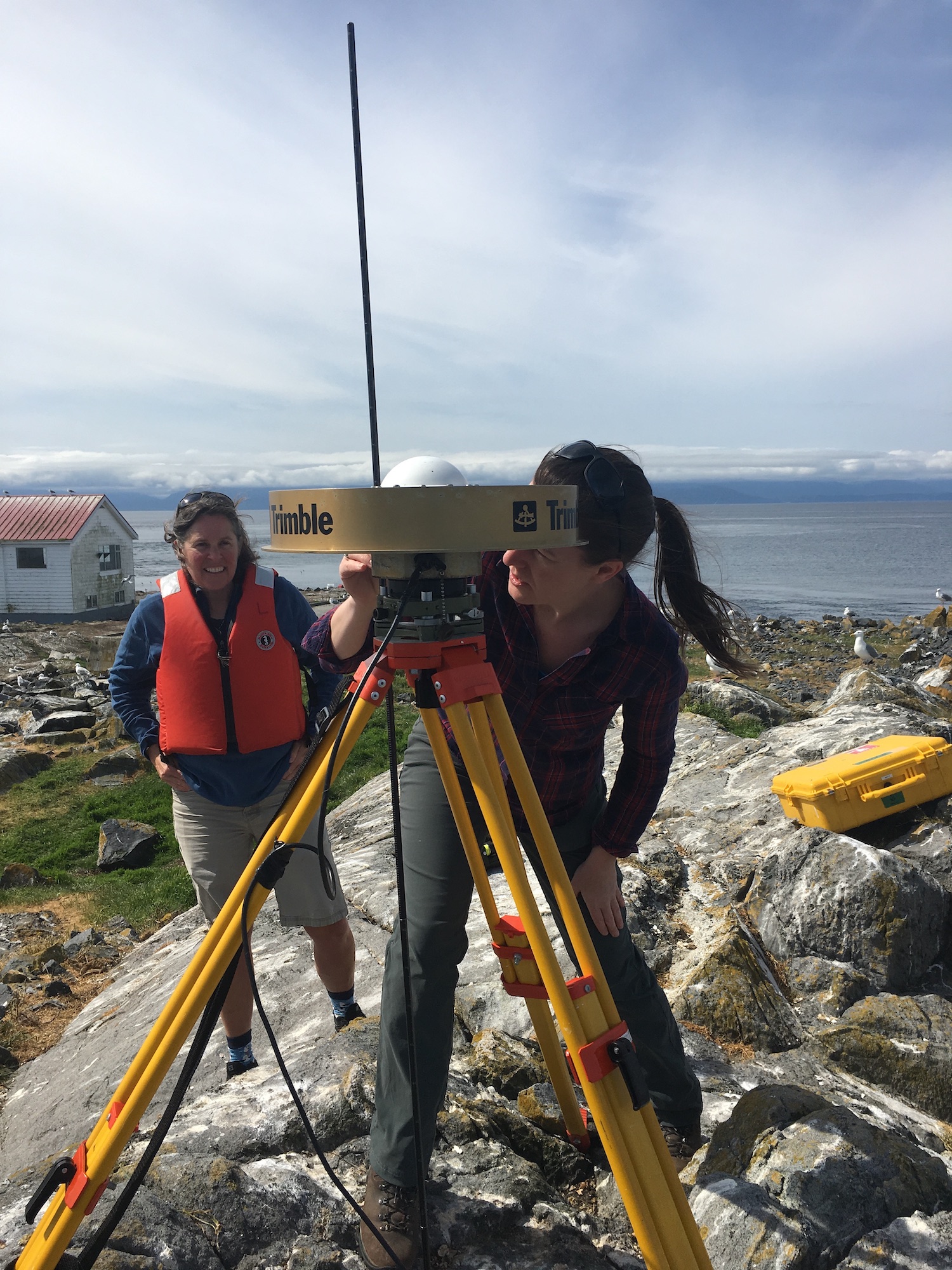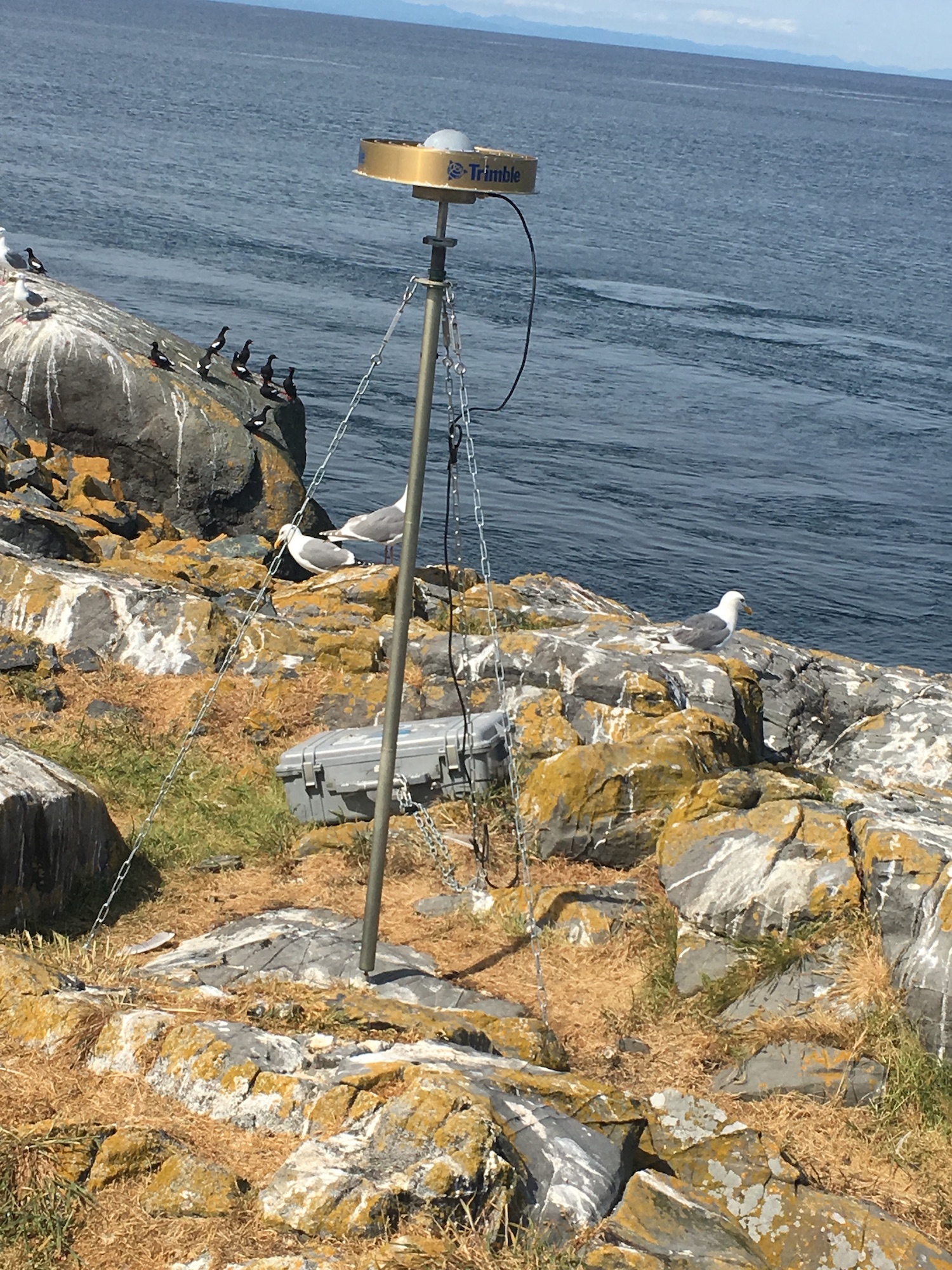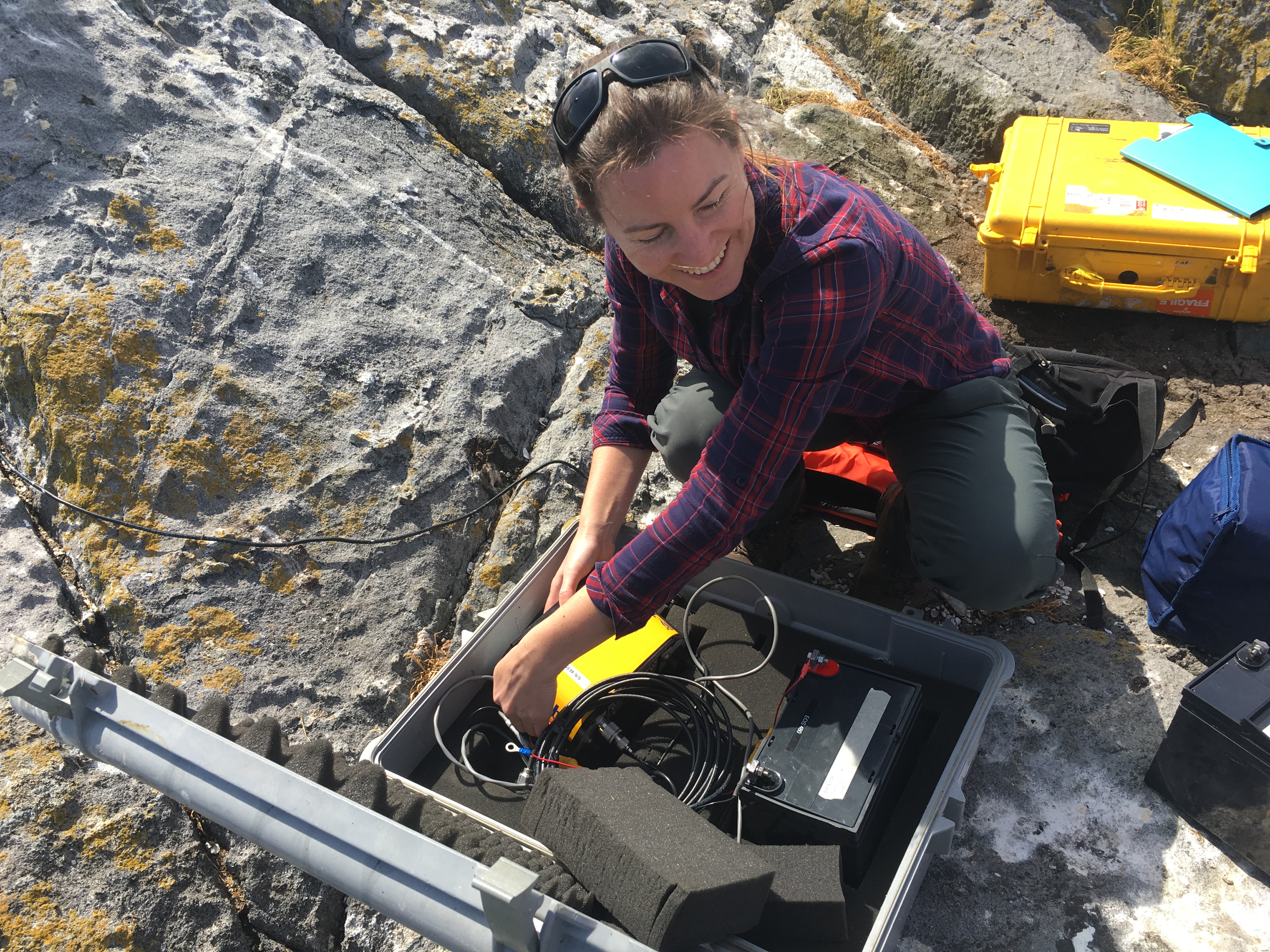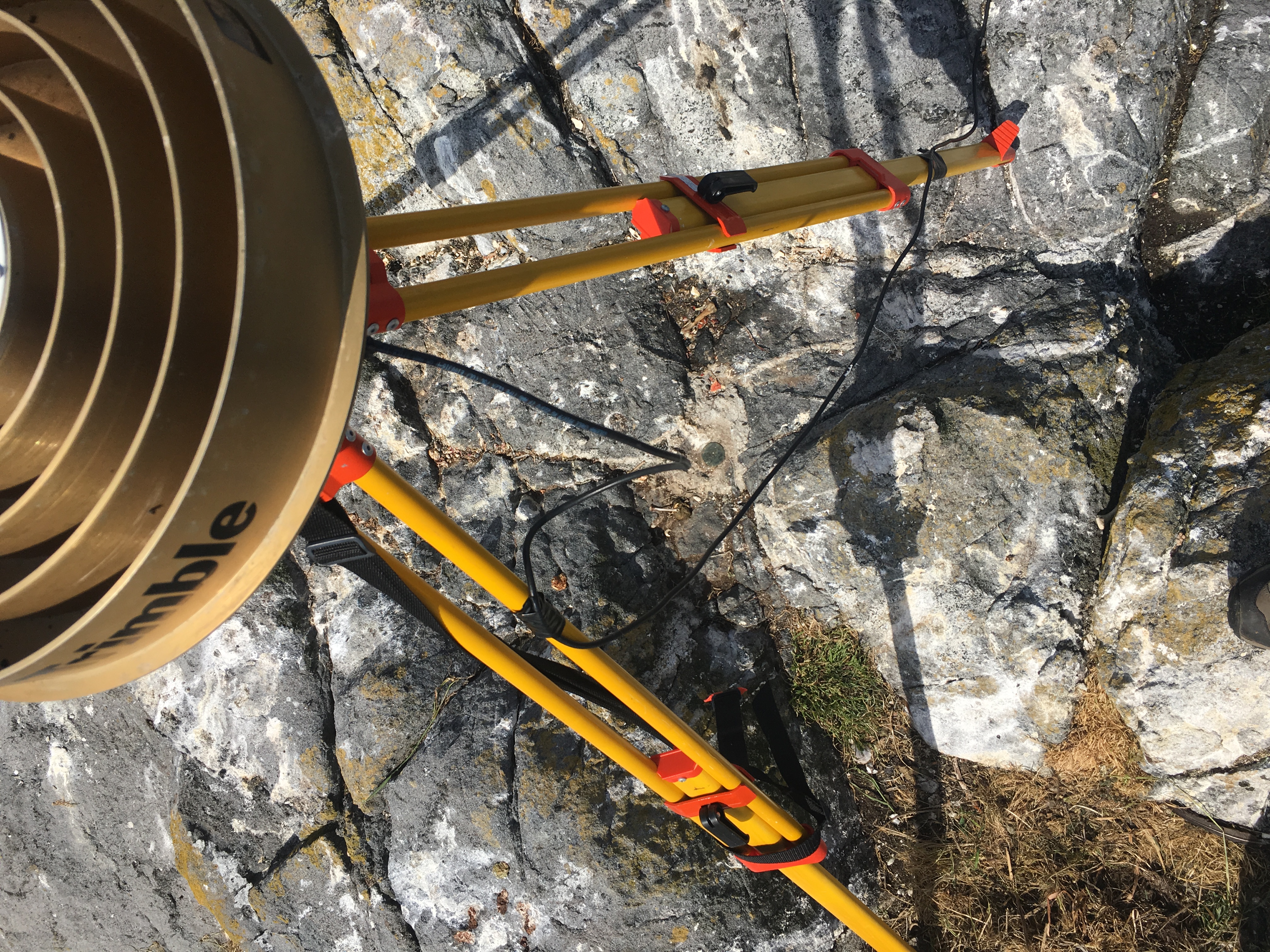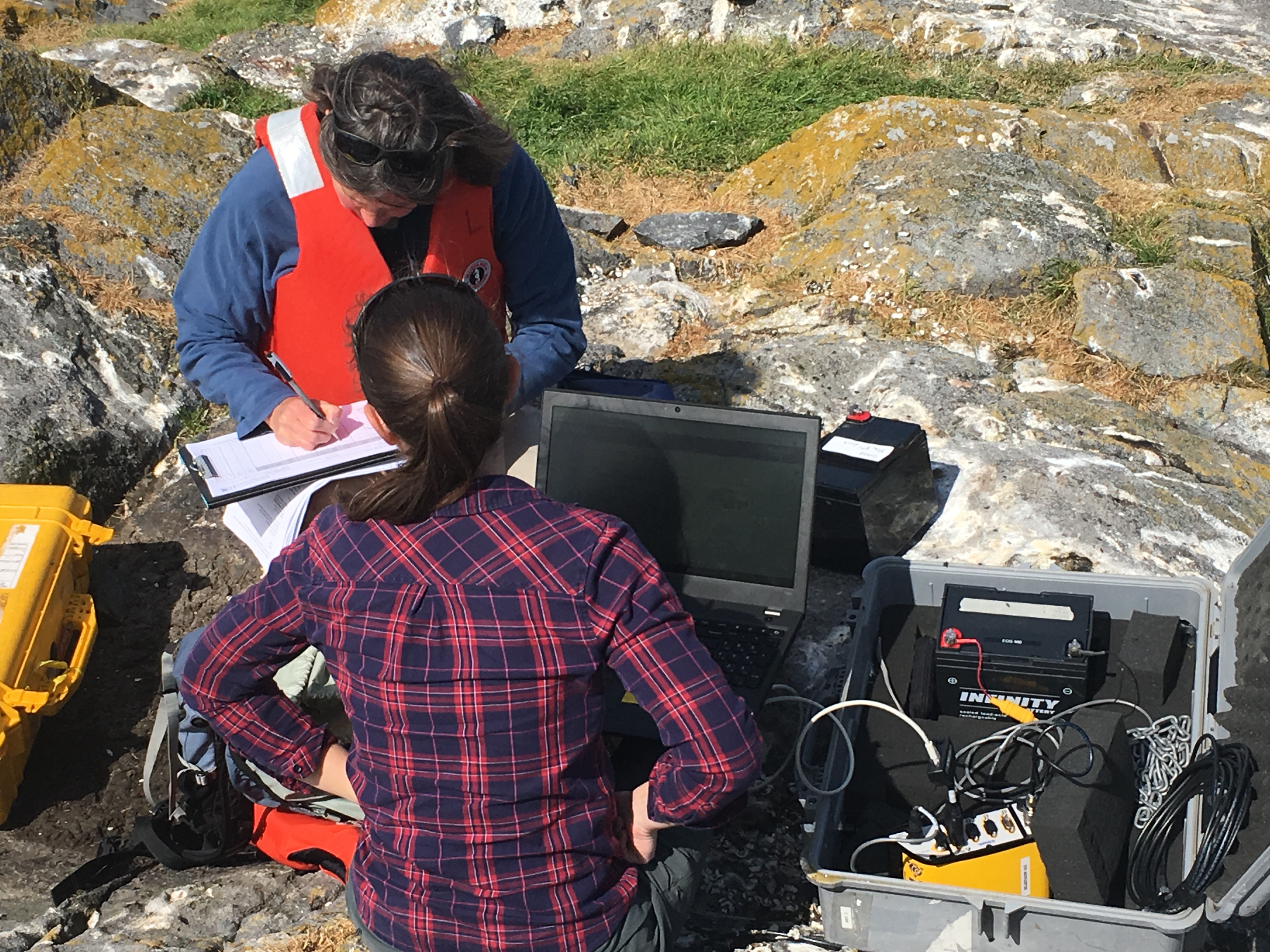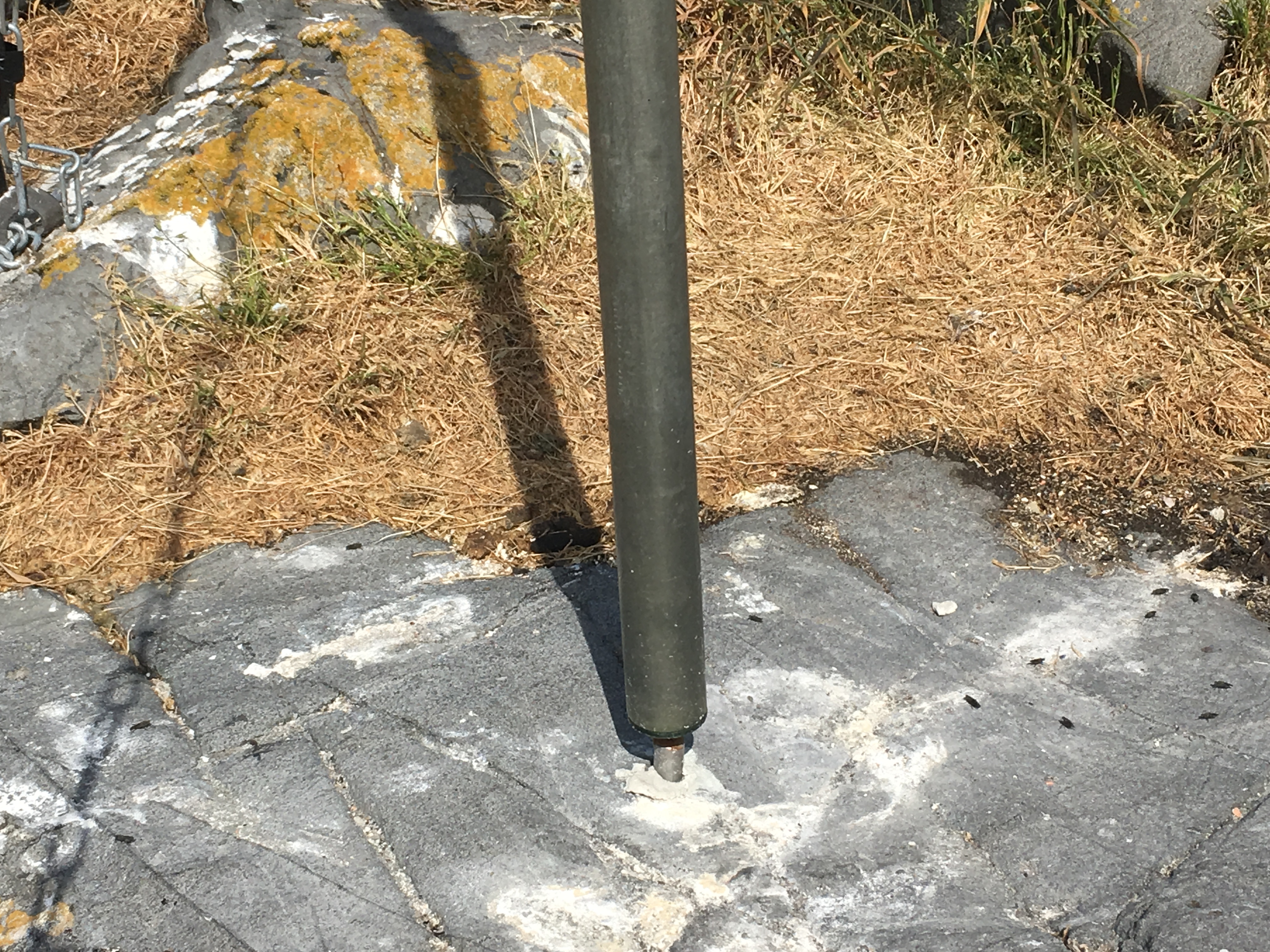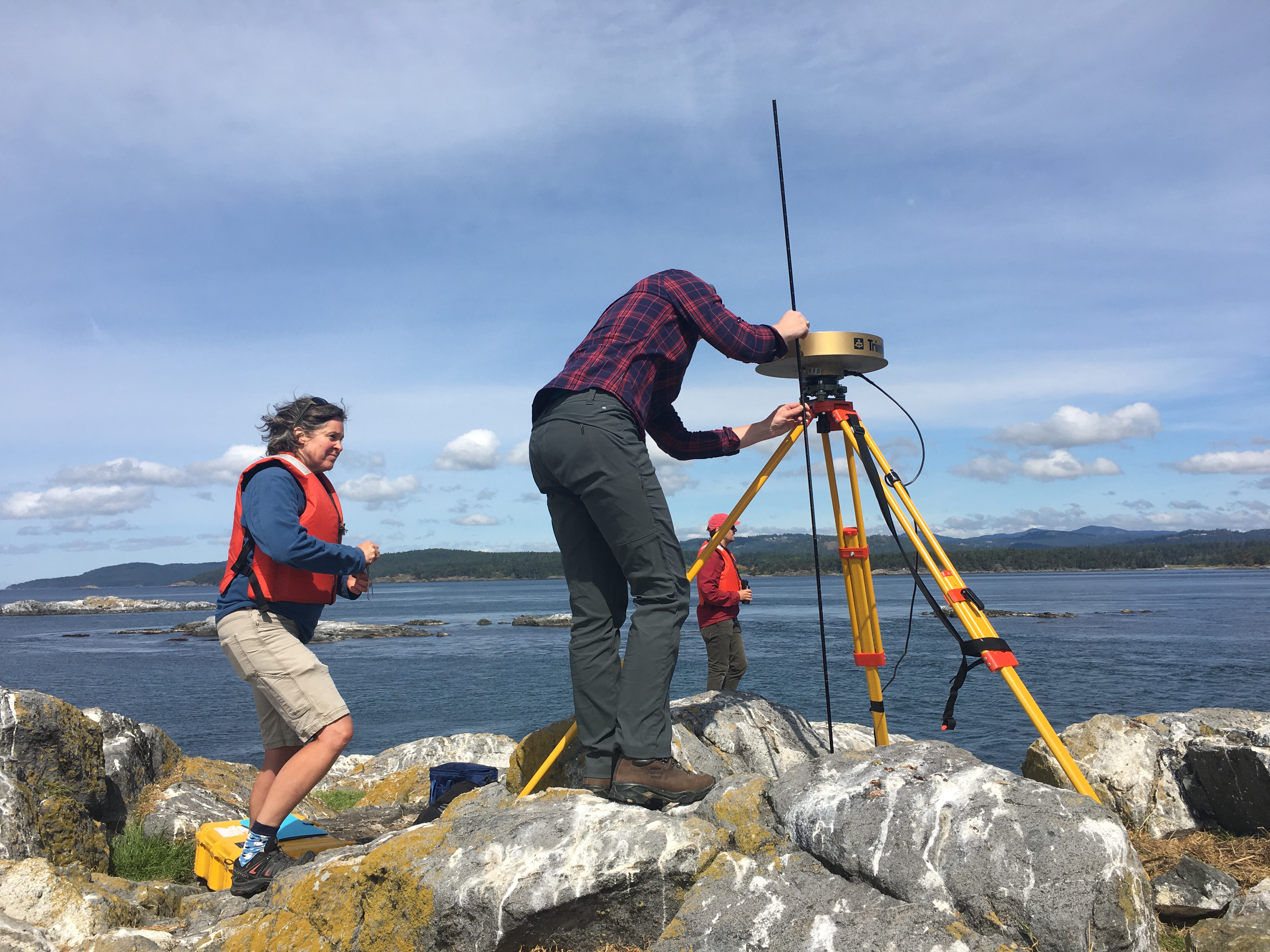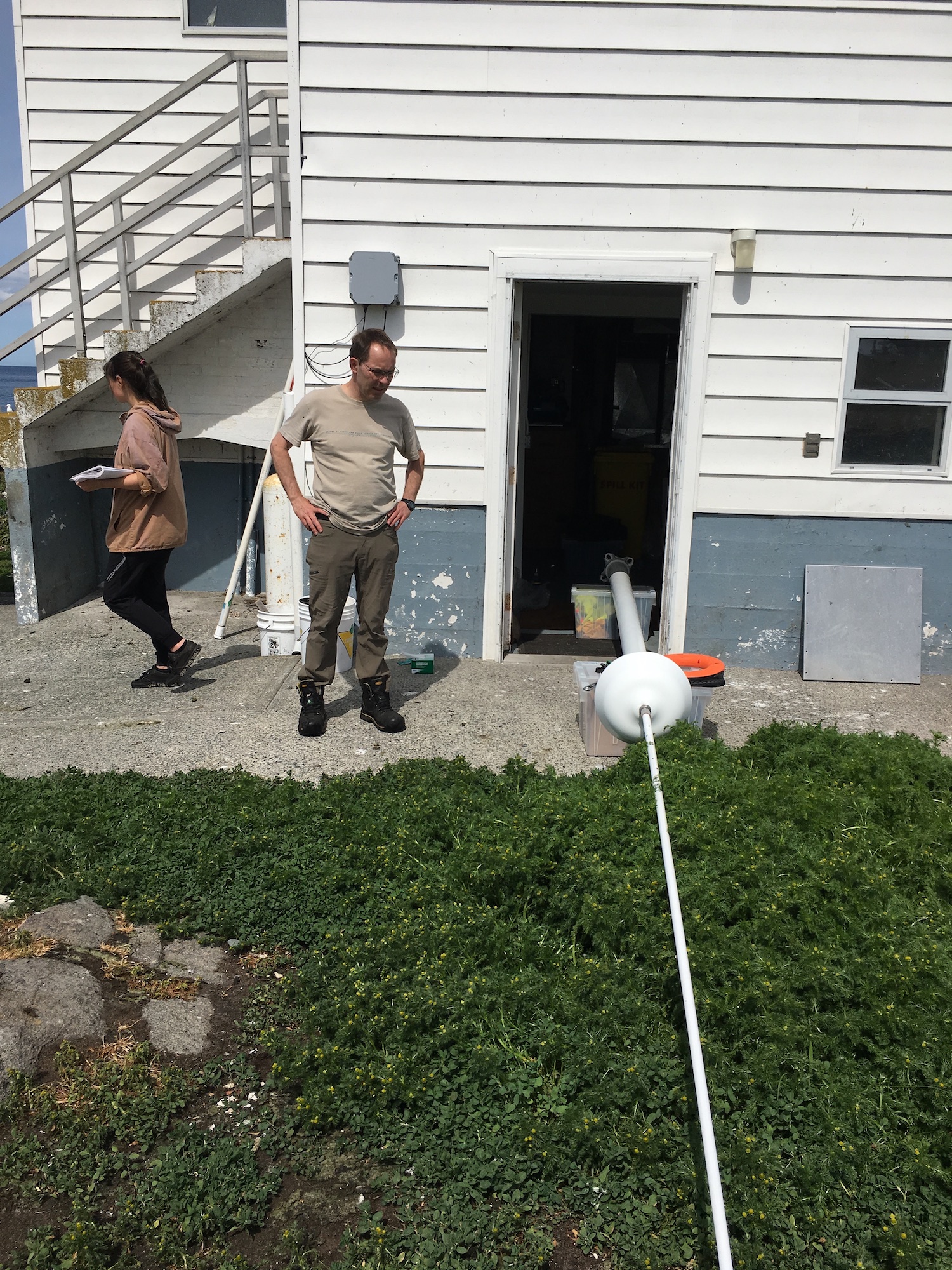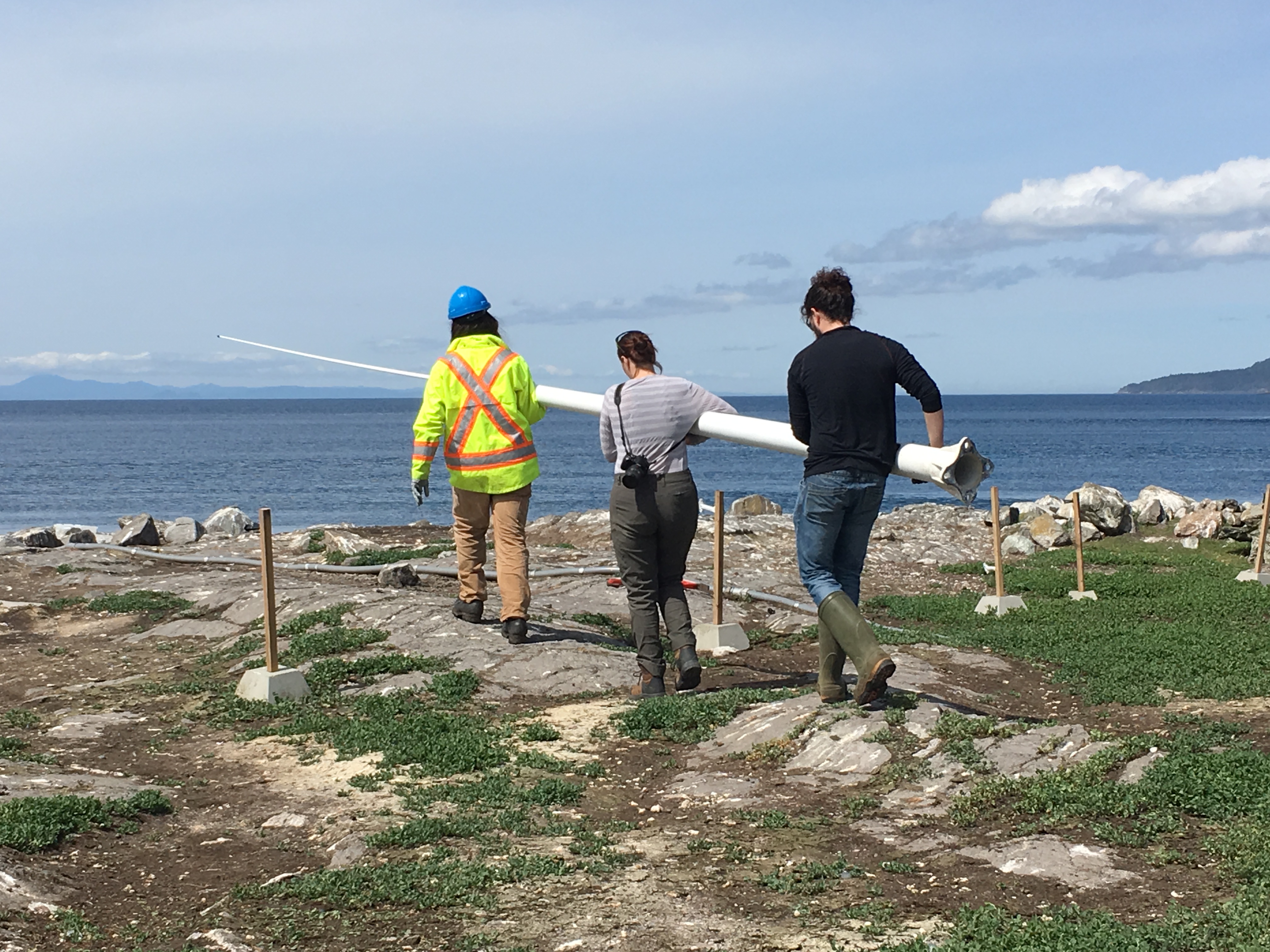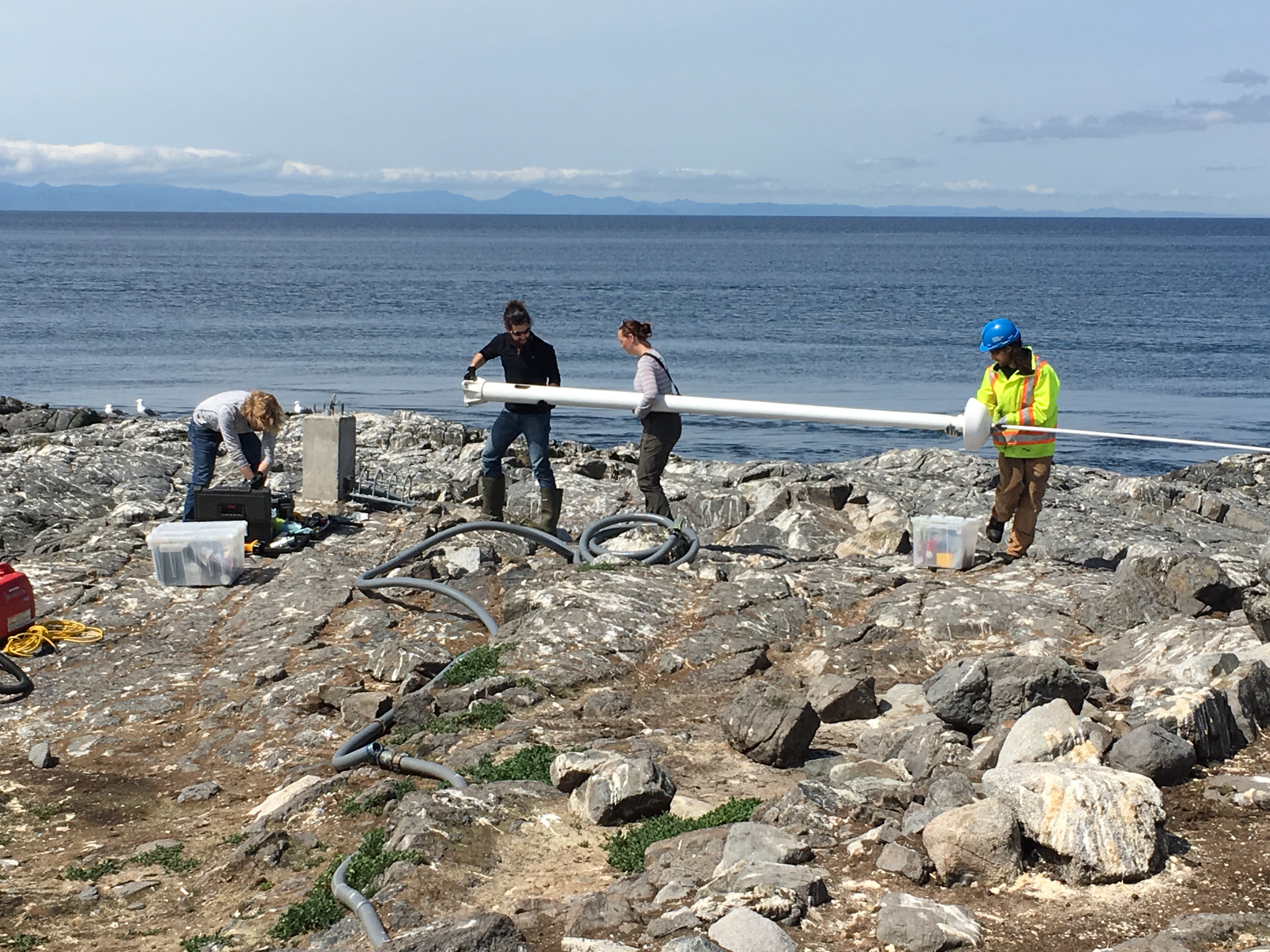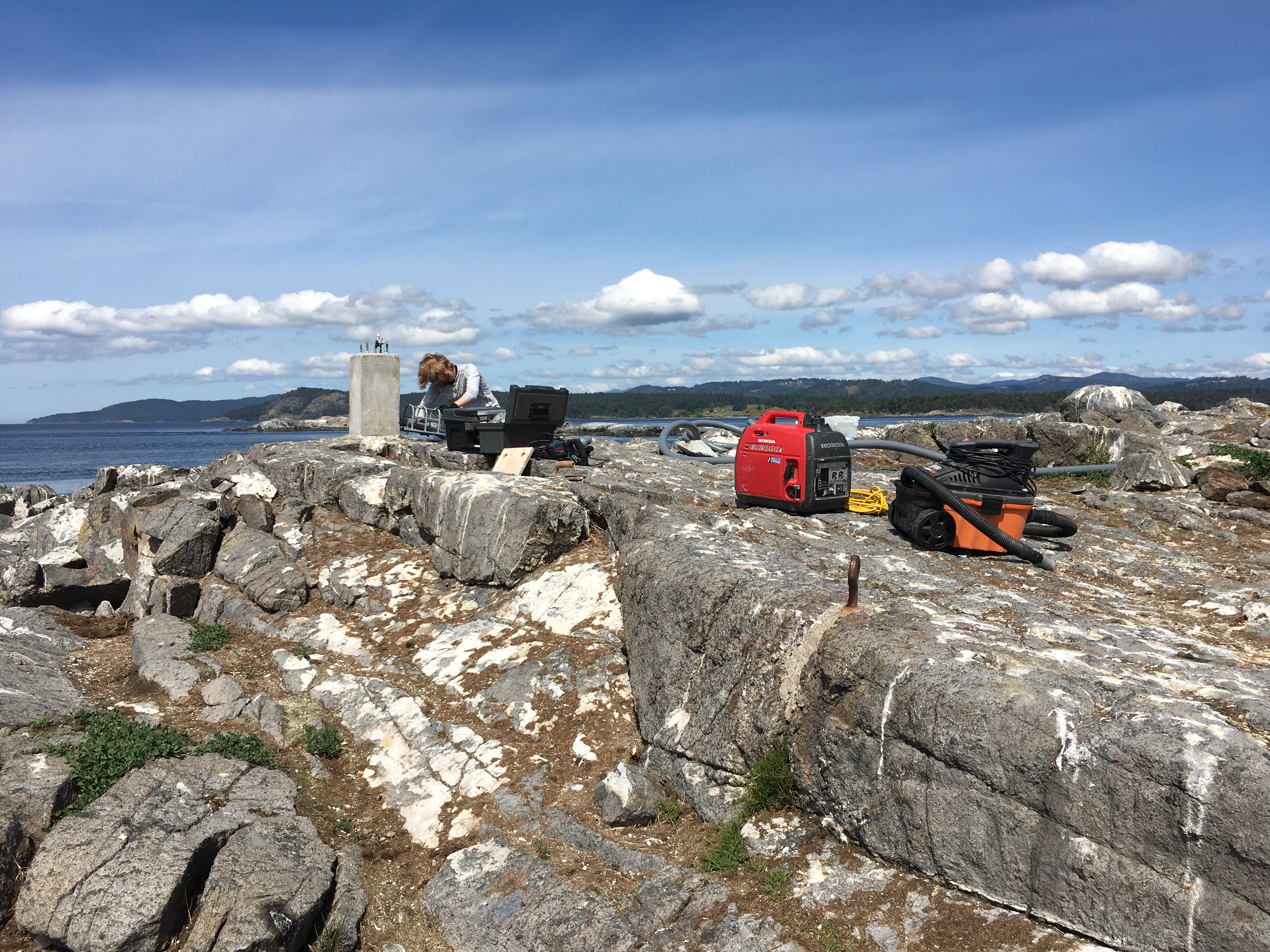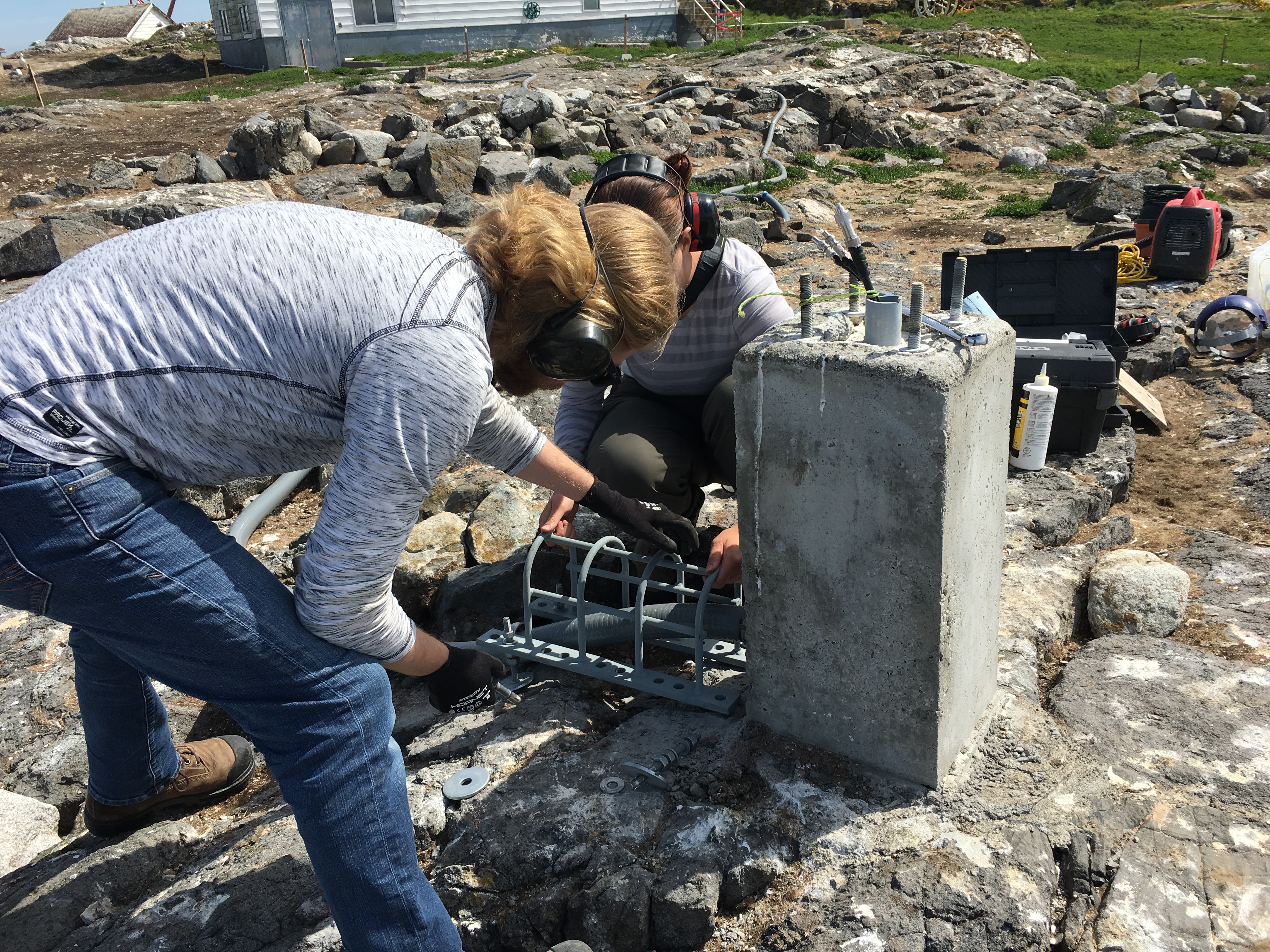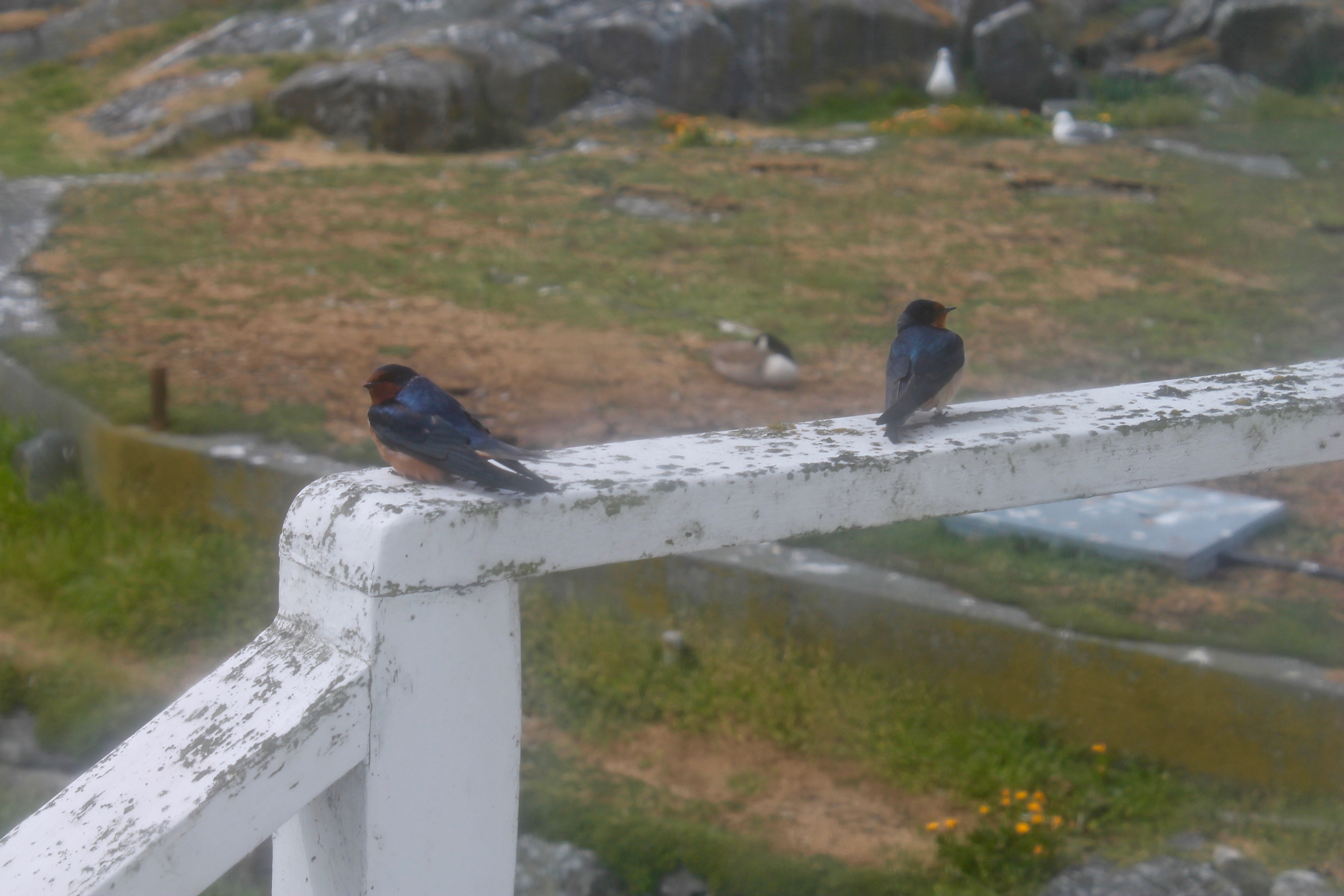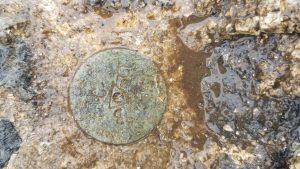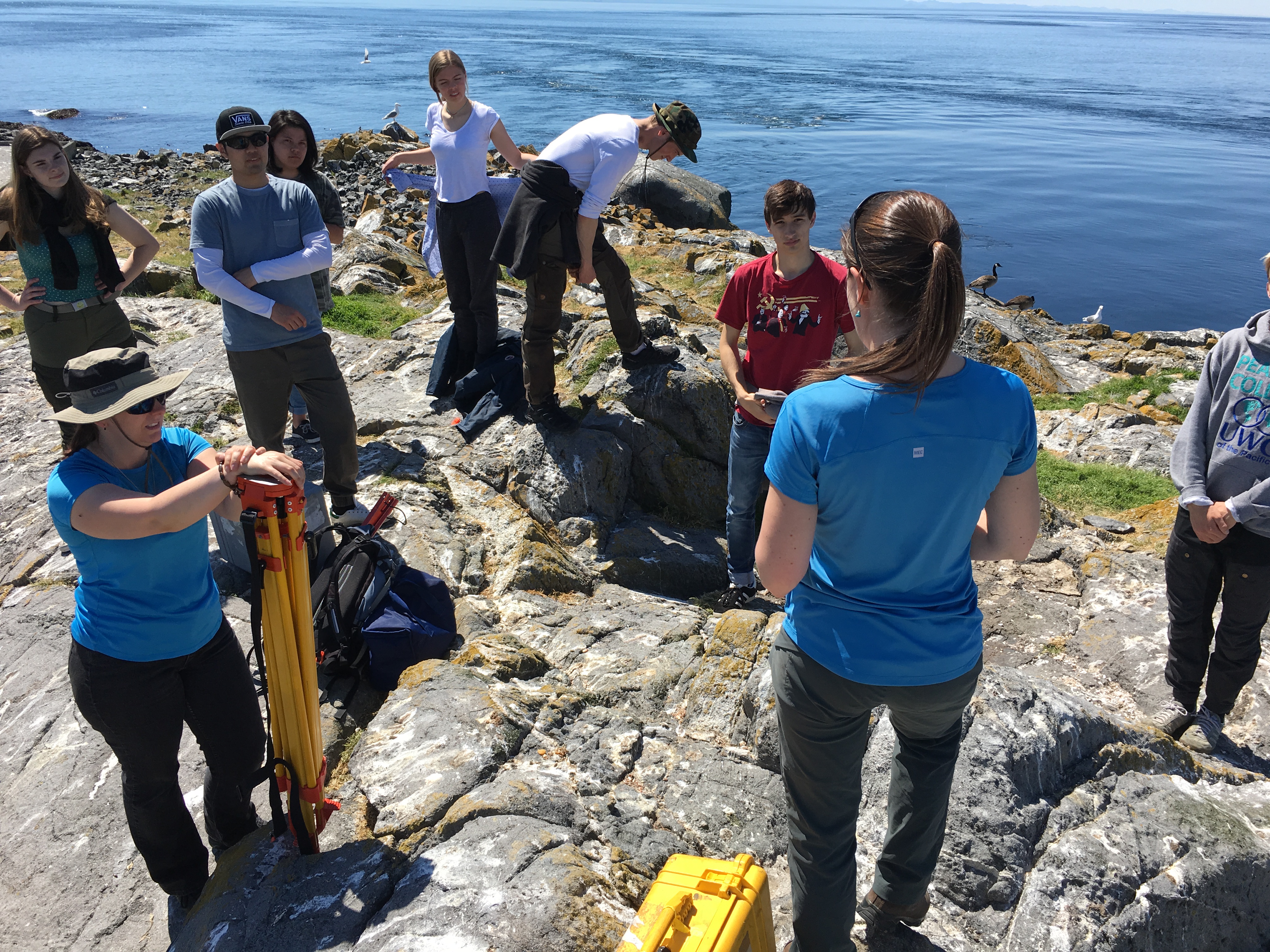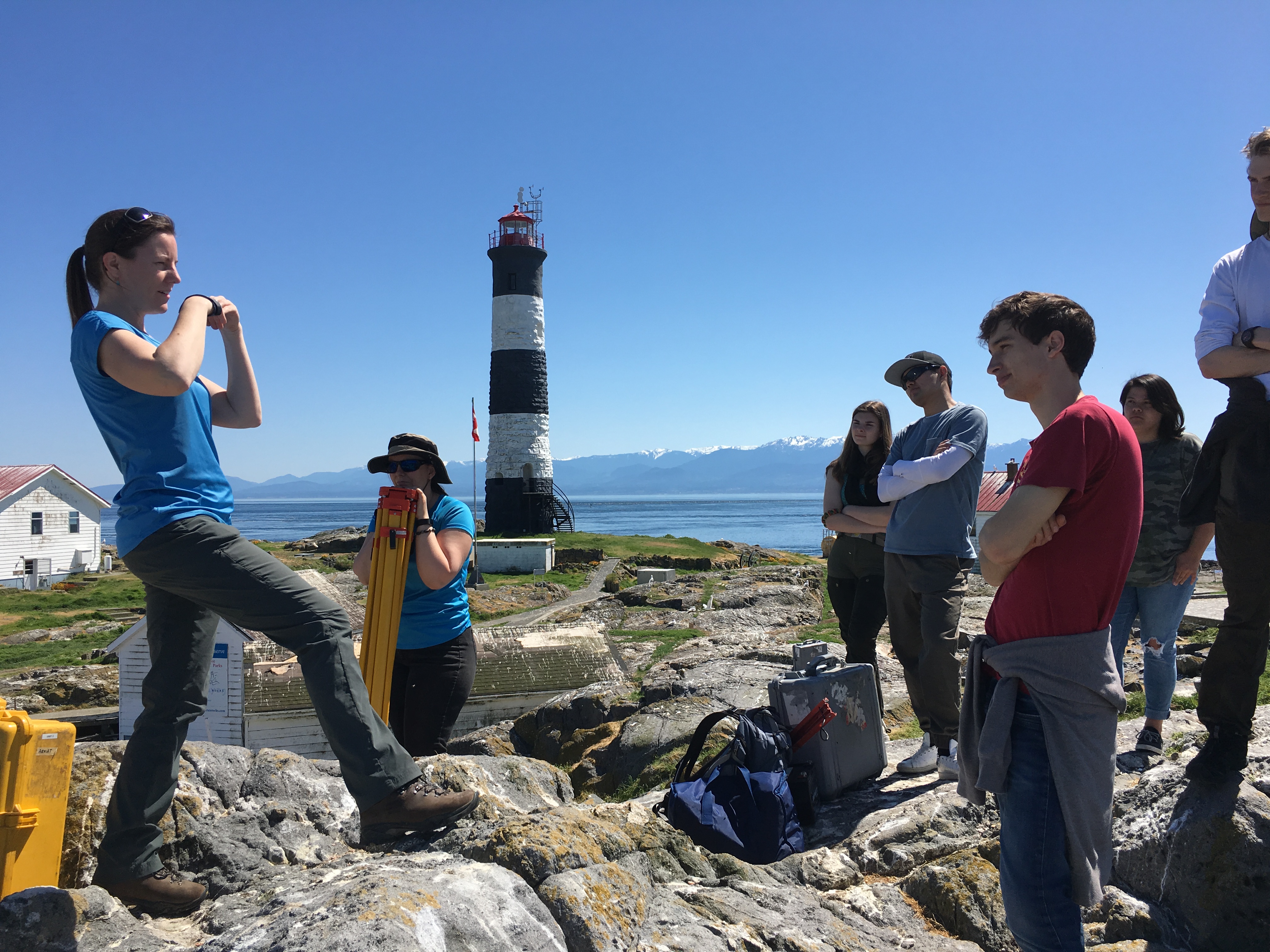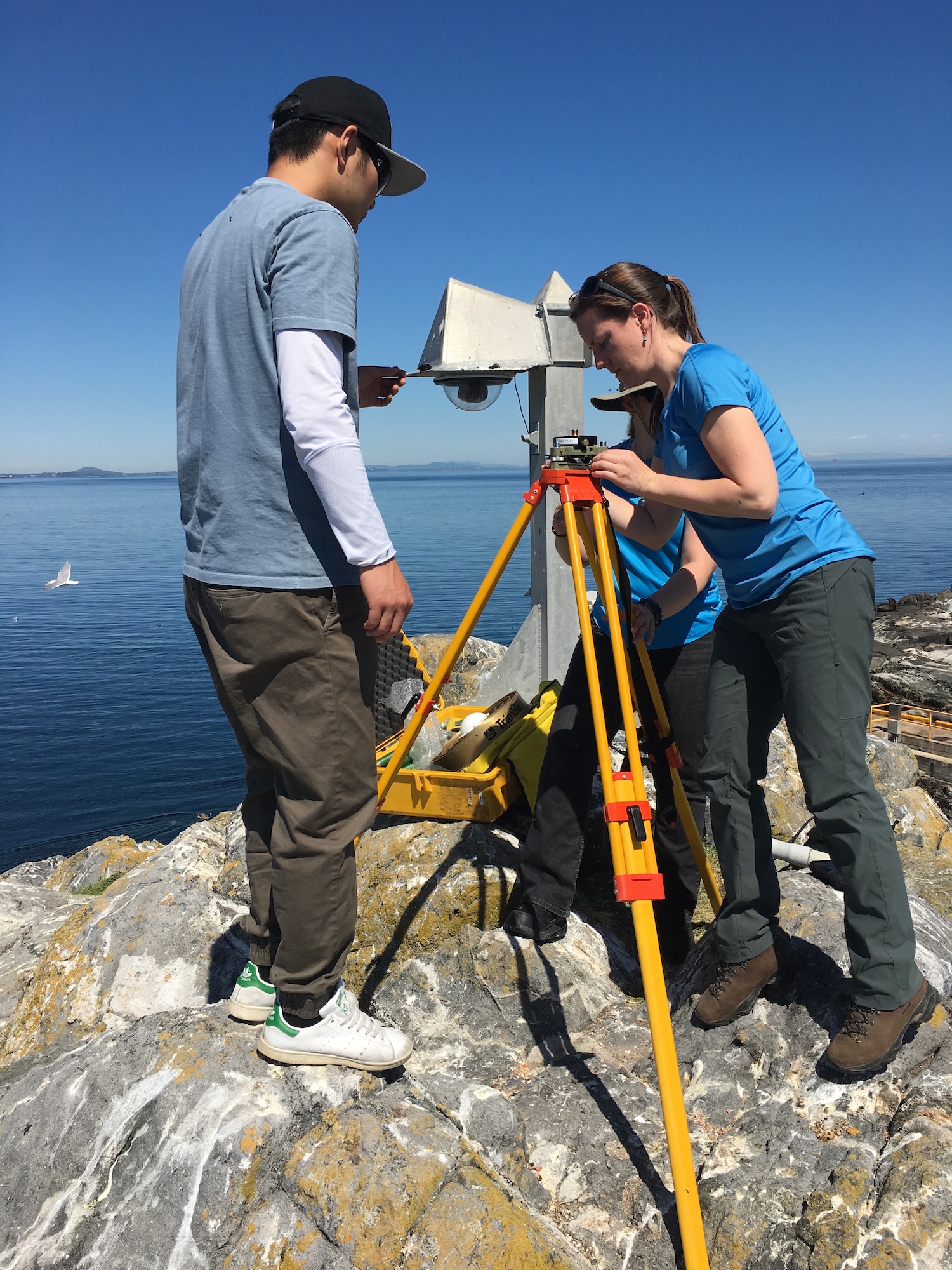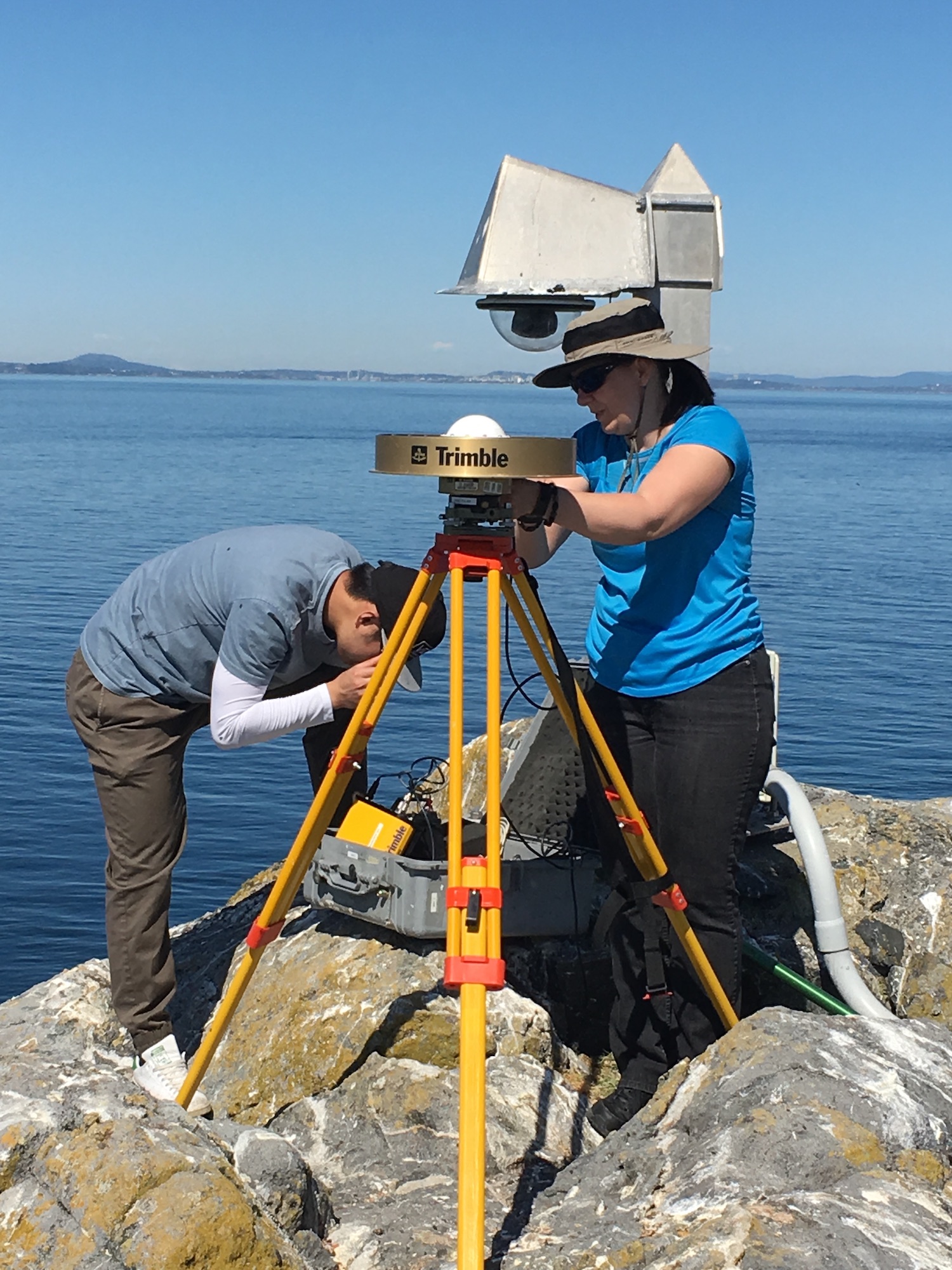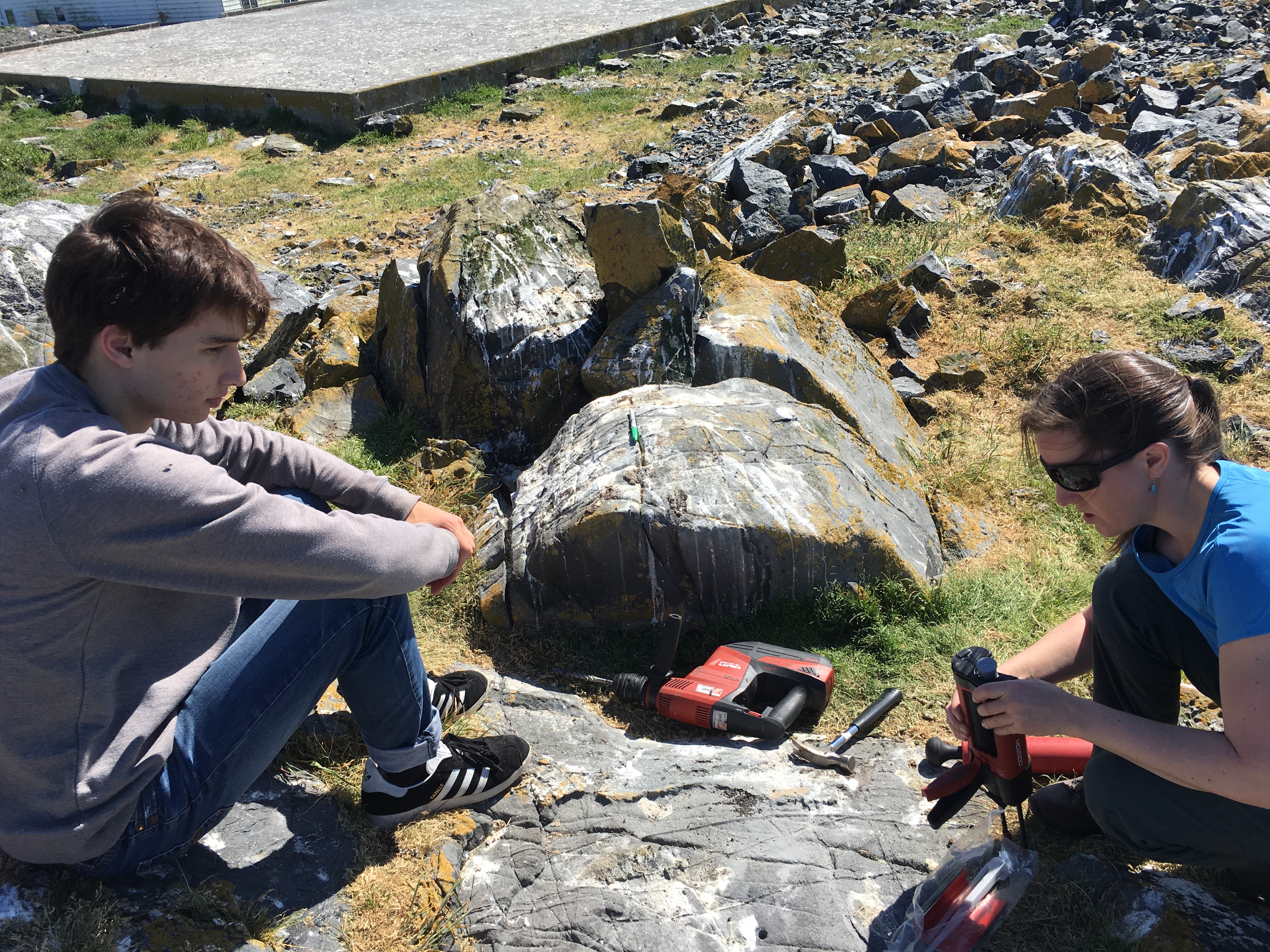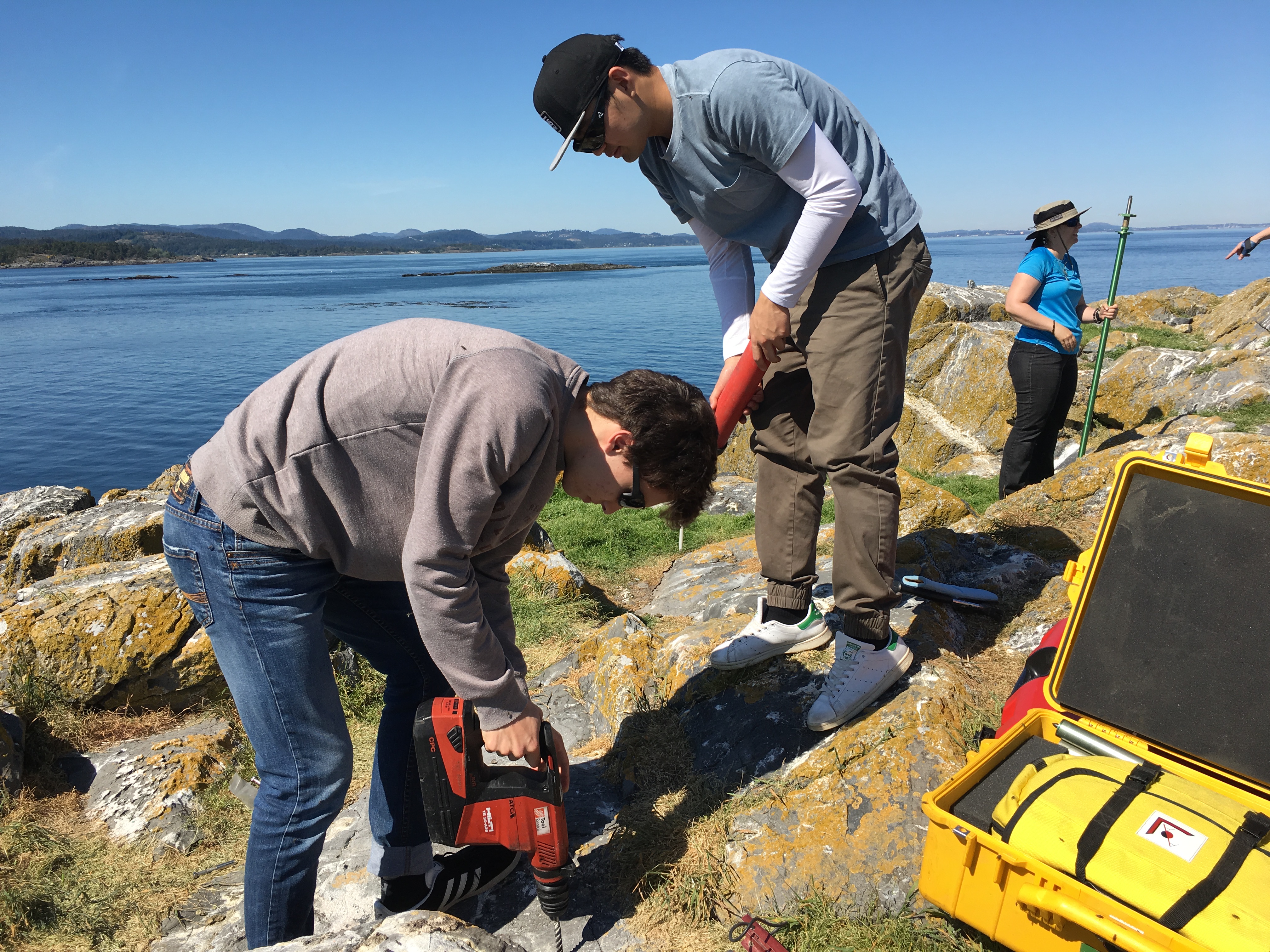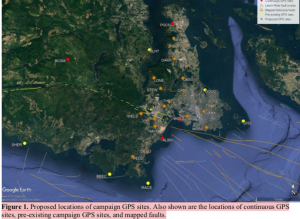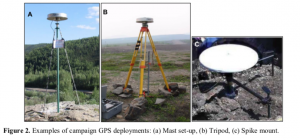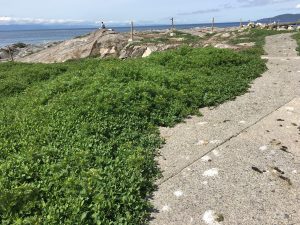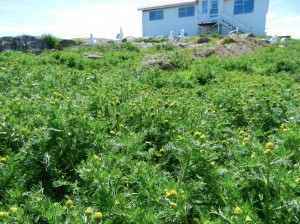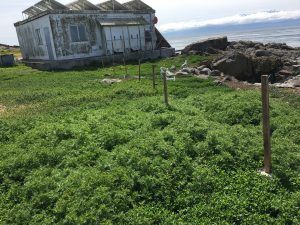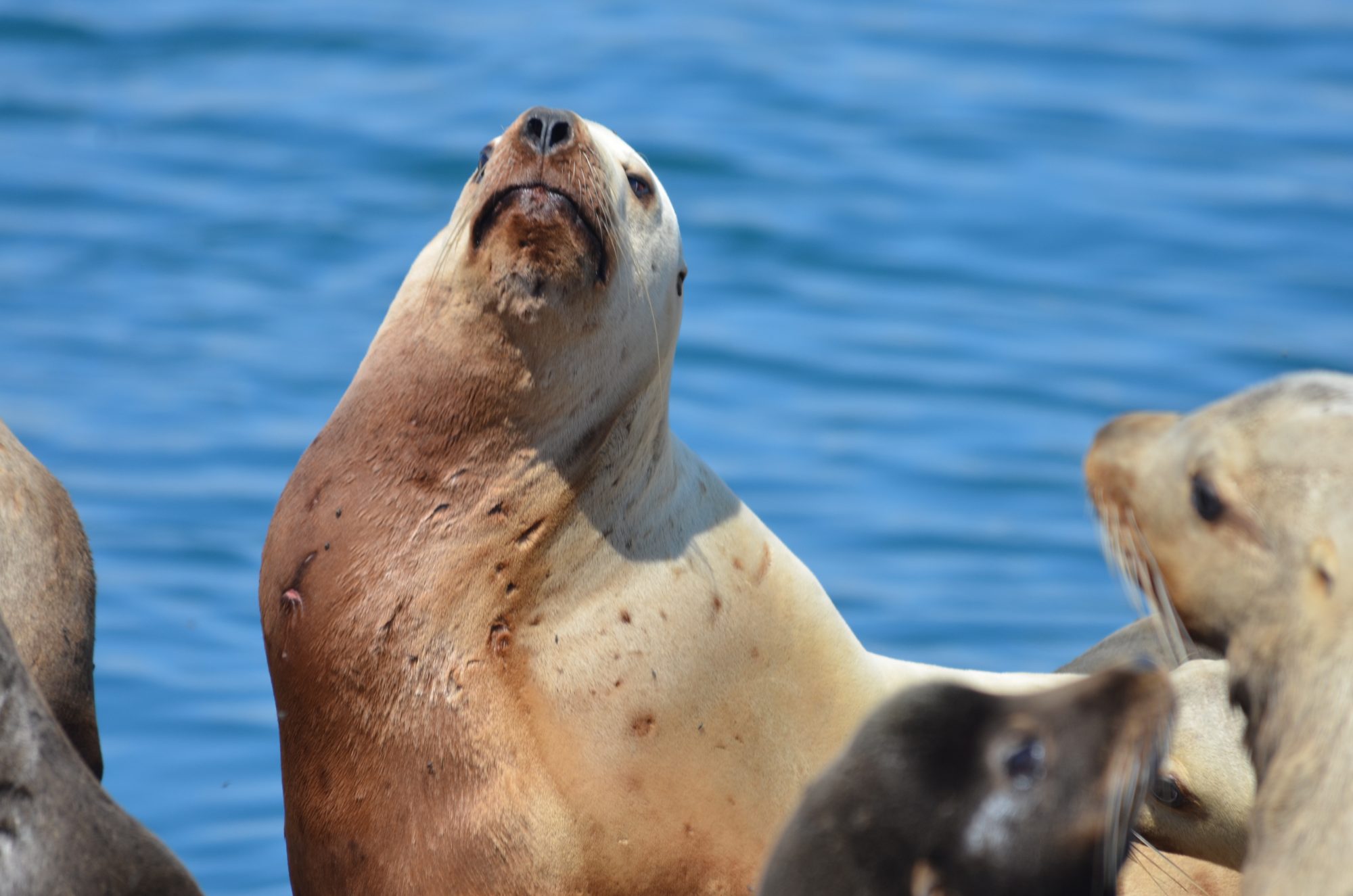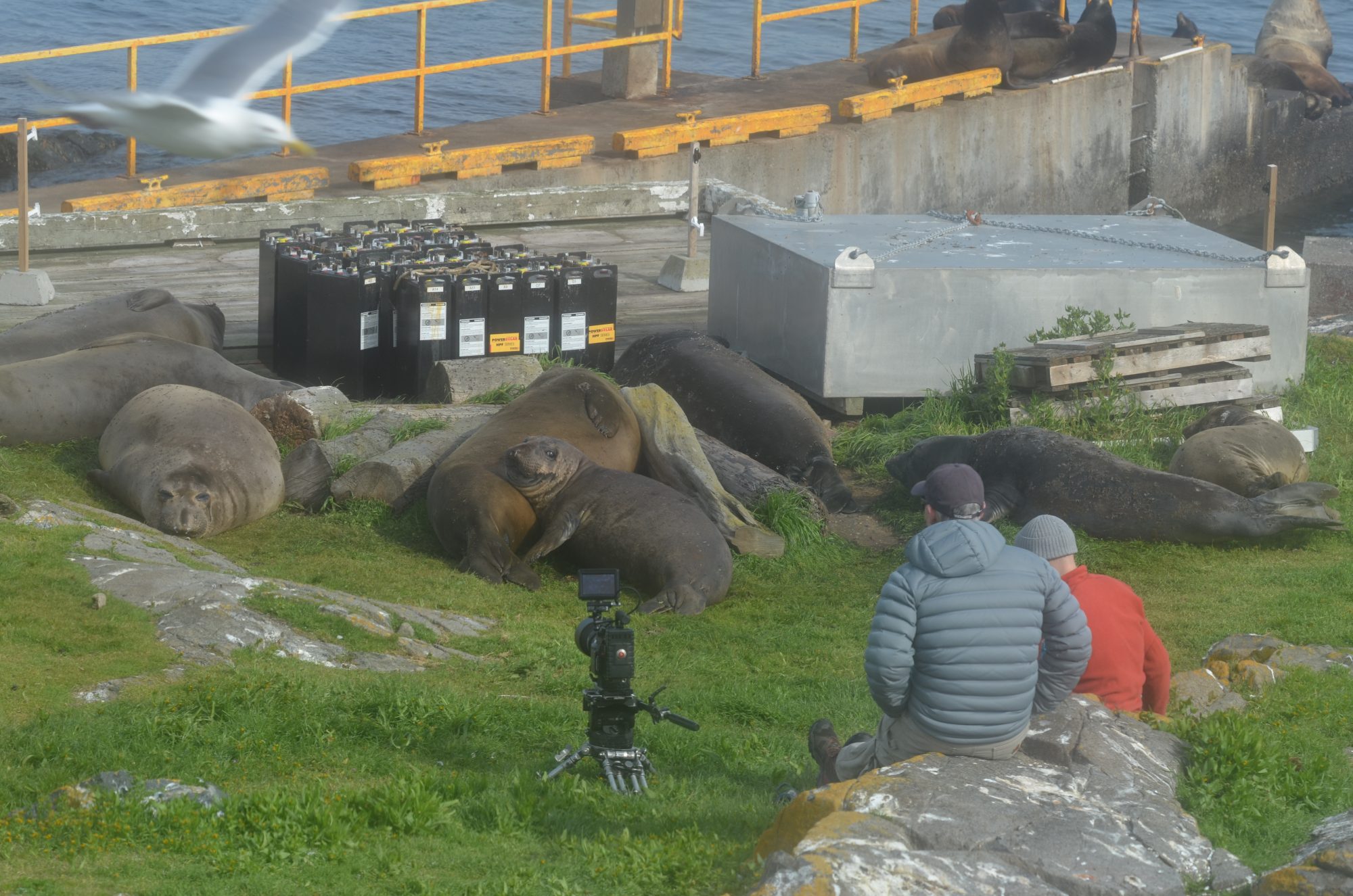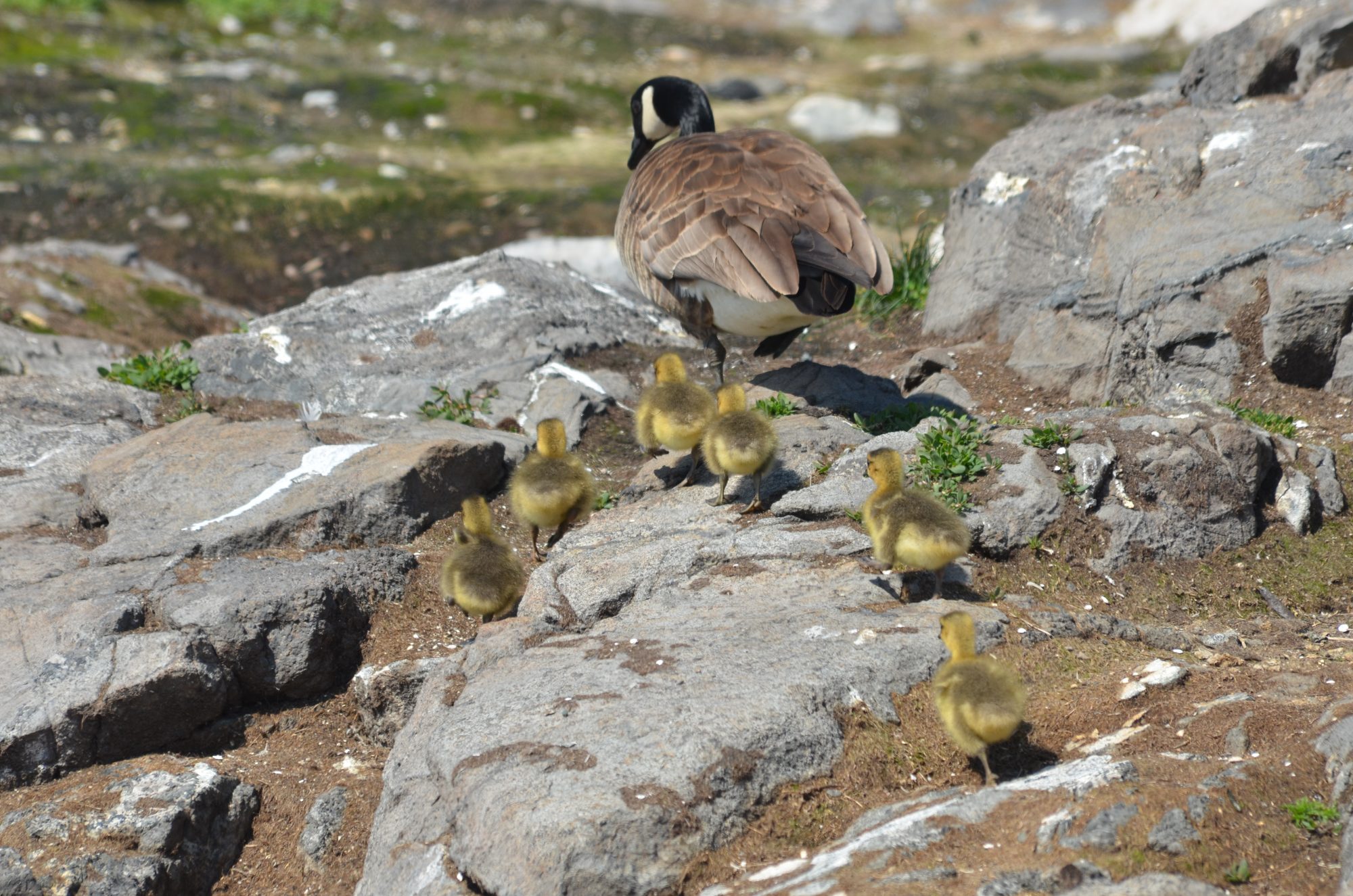We’re Mara and Kai, the new Eco-Guardians. We’re very excited to be on Race Rocks. It’s been a busy few days (we arrived Monday), but lots has been done so far. Now that we are settling in, we’ll be sure to log post more frequently and with pictures!
Weather:
Visibility: 20 miles
Wind: 30 knots S
Sky: Overcast
Water: Waves up to half a metre, whitecaps
Boats/Visitors:
Over the last few days there has been traffic: visitors including people working on costal radar, the weather station, seismic monitoring, and guests of Pearson College. The costal radar antenna had to be shipped back to its manufacturer to be recalibrate, and is now working as intended.
Some whale watching boats have been getting close, well inside of 100m of the animals. They usually make more distance if they can see us. Lots of traffic today specifically, well over twenty visits by whale watching.
Maintenance:
The desalinator is still broken so we are conserving water, and our drinking water is being brought from Pearson College. Earlier this week they brought a fire hose to pump clean water into the tank when we get low. A new four wheeled cart was brought to facilitate safer diesel fuel transfers between the shed by the jetty and the generator room.
Ecological:
One elephant seal has been on land near the boat ramp for days now. It seems to be undergoing catastrophic moulting, a process in which they shed all of their fur as well as the underlaying skin. They appear to be sick, but we’ve been assured it’s normal.
Yesterday’s Census:
9 elephant seals: youngest one is still here on our lawn, two moulting
About 30 sea lions
2 families of geese with 6 goslings per
5 additional pairs of geese (one laid eggs today that we had to collect and addle)
About 200 seagulls- they are starting to build nests and are becoming more aggressive
About 20 pigeon guillemots
A handful of oyster catchers

